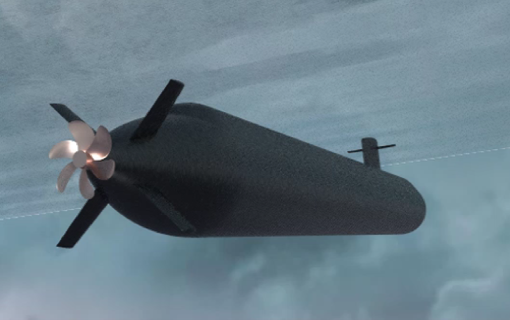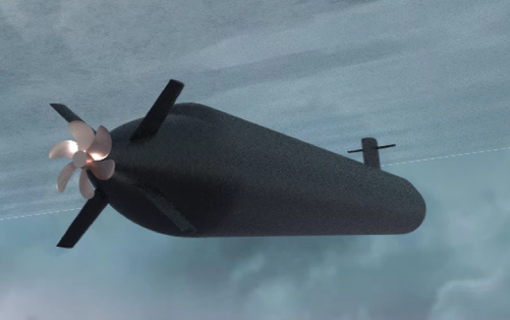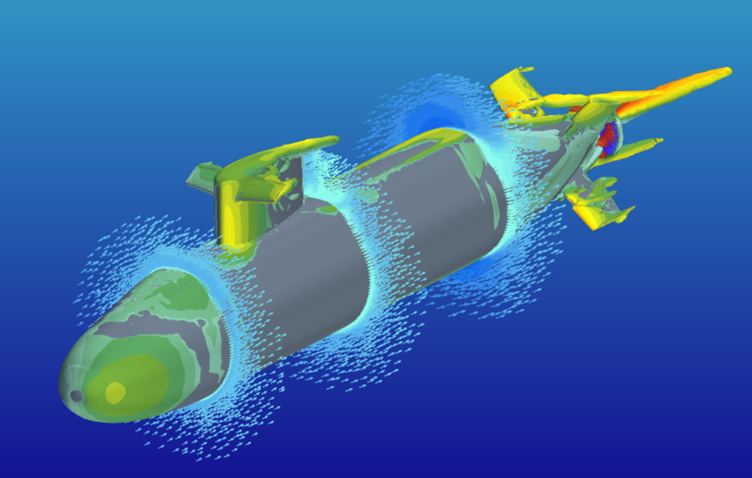See you at SNAME Maritime Convention 2023?

Learn more about Integrated Fluid and System Dynamics Simulations at SNAME 2023
The modernization of submarine fleets of navies across the world in conjunction with new mission requirements emerging from geopolitical changes and technological advances in the fields of hydrodynamics, weapons systems, and autonomous underwater vehicles (AUV) have emphasized the role of simulation technology in the concept design phase. Maneuverability is a key element of the operational performance rating and, thus, critical to the early stage of the design process.
Digitalization, increasingly being embraced by the naval industry, is particularly advantageous in the early stages of design as it allows engineers to explore a wide range of engineering problems in an integrated way. Dimensioning of the hull, control surfaces, the choice of engine, propulsion configurations, and control protocols are crucial tasks to ensure targeted maneuverability characteristics. The direct account for design changes of any of these components and its effect on others is critical and impaired by utilizing the conventional segmented analysis of the design spiral.

The design of a submarine is among the most challenging tasks in Naval Architecture due to the large number of integrated systems and parts in conjunction with the small number of units in the order books. Higher safety factors and stringent design protocols in the defense industry impair dynamic improvements during the concept design of an ordered batch. It also implicates a sparse pool of information and knowledge transfer in the public and academic domain. An avenue to alleviate some of these constraints is offered by Computer-aided Engineering (CAE) applications enabling integrated design as opposed to classic design spirals.
At the upcoming SNAME Maritime Convention 2023 in San Diego (September 26-30th), Philipp Mucha will present a general computational framework that combines Computational Fluid Dynamics (CFD) with system dynamics for consideration of submarine design variations. Best practices for building CFD simulations for maneuvering of a Joubert class submarine with X-form sternplanes are discussed with a focus on economization on computational cost to enable application in the concept design phase. It was demonstrated that integrated simulation technology is an effective means to study conceptual design variations, e.g. control protocols, control surface arrangements, and the effect of engine dynamics as investigated in the present study.

Meet us at SNAME
If you are joining the SNAME Maritime Convention 2023, attend Philipp Mucha’s talk. Also, visit our exhibit area to learn more about Simcenter solutions for marine performance.
If you can’t attend the event, you can find out more about our hydrodynamics solutions here.


